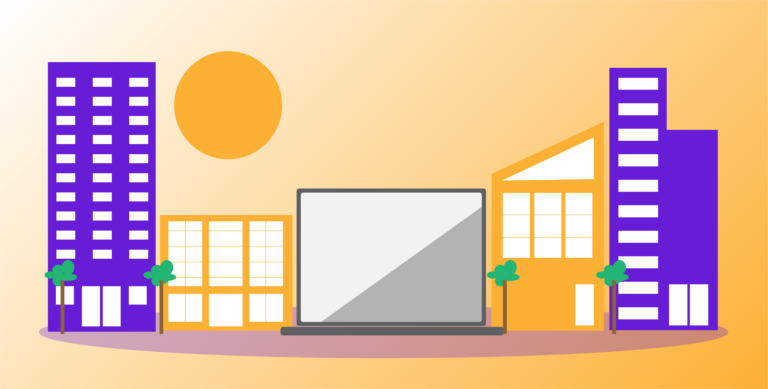Any website can be hacked, but WordPress sites are especially vulnerable because due to their ubiquitous popularity. Hackers target WordPress because it powers about 43.7% of the internet—nearly half a billion sites, worldwide! And for the 70% of the Internet that uses some kind of CMS, 62.2% of those sites run WordPress.
As the biggest target around, it’s no surprise that 95.6% of the CMS-powered websites hacked in 2022 were running WordPress.*

Why are WordPress Sites So Vulnerable to Hacking?
- Many WordPress site owners don’t update their CMS regularly,
- Third-party pieces such as plugins and WYSIWYGs can create vulnerabilities,
- Open source code is public, and
- Administrators forget to change their default WordPress username.
Busy businesses don’t always update their WordPress CMS versions on time
If you fail to update WordPress CMS core files as soon as they come out, you leave yourself open to hacking. WordPress regularly releases updates to fix security vulnerabilities, improve functionality, and patch bugs. Because update logs are public, hackers quickly learn how to exploit outdated versions. And, since these updates occur so frequently, it’s easy to miss an update unless you’re checking your WordPress backend every day.. With every missed update, your WordPress site becomes more vulnerable. You must either promptly manage updates yourself (which can be very time consuming) or use a service that handles them automatically.
Third Party Elements (Plugins) can be back doors to your site
Plugins are the most common way hackers gain access to a WordPress site. Almost every WordPress site uses one or more third-party plugins, including WYSIWYG builders (such as Elementor or Divi) and themes (such as Avada). Many plugins are legitimate tools, but every once in a while a hacker will design a decoy trap to access your site’s backend. Knowing which plugins are safe requires extensive research—a step many site owners skip.
Even legitimate plugins become a risk if their creators stop supporting or updating them, which can happen even with popular plugins. Prowling hackers pounce on these outdated plugins like a pride of lionesses on an injured antelope. If you still have an abandoned plugin installed on your site, you’re leaving the door ajar for these savvy and silent hunters.

How Can I Tell If A WordPress Plugin is Safe?
How would you know if your WordPress plugins become abandoned by their managers? Unfortunately, WordPress doesn’t automatically alert site admins when plugins are abandoned, as they’re almost always managed by third parties. Managed WordPress hosting services like ours go beyond sending alerts about unsafe plugins—we proactively replace outdated plugins for you, so you never have to worry, thanks to our retainer services.
Open Source code is like an open door
WordPress’ open-source code is like a public community garden: anyone can plant crops, tend the garden, and use the food it produces, but anyone could also be a jerk and sabotage the crops.
Many different developers collaborate to create WordPress, which drives innovation but can also introduce security gaps. Hackers study the public code to find and exploit vulnerabilities.
“Admin” Username is like having a password called “password.”
Finally, hackers can access any WordPress site’s backend login screen by typing the URL followed by “wp-admin.” The default username is “admin.” If you didn’t change this, then hackers already know half of the steps for breaking in. From there, they can use automated password-generating tools to crack the rest, and before you know it—BOOM—they can control your site, and even lock you out.

How to Keep Your WordPress Site From Getting Hacked
Don’t give hackers an easy target; protect your site today. Learn how to update your WordPress CMS, change the default username, and check your WordPress dashboard for messages like “Untested with your version of WordPress” or “Update Available” related to installed plugins.
When you choose The Concept Spot to be your web designer and managed WordPress hosting provider, we will ensure that your plugins and CMS stay updated and you’re well-protected from other common vulnerabilities that all WordPress sites face.
Of course, the best time to prevent hacking is BEFORE your site gets hacked. but if it’s too late and you’re wondering how to fix a hacked WordPress site, we’d love to help you get back in control.
*Hacking statistics from the 2023 Sucuri annual report, viewable at https://sucuri.net/reports/2023-hacked-website-report/



